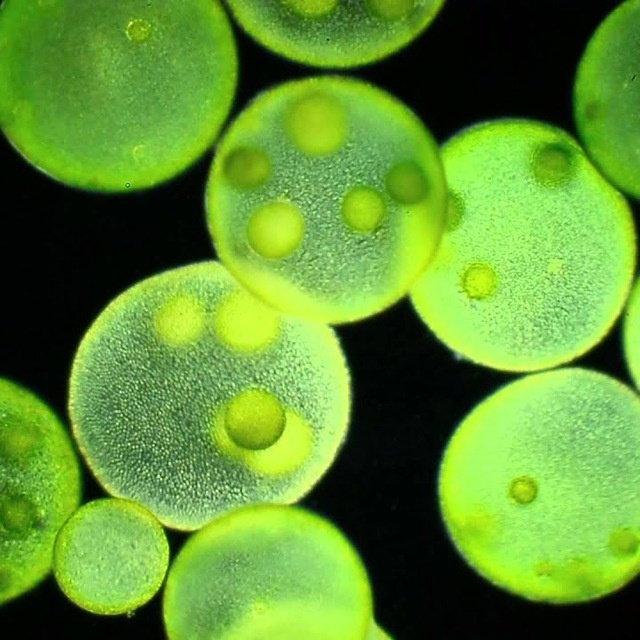
Employees of the CIRETEC-GT research laboratory within the framework of the research direction «Analysis of possibilities of biomass utilization for carbon footprint reduction with subsequent biodiesel production» for 2023, have developed and filed patent applications for «Method of biodiesel production from microalgae Chlorella kessleri» and «Method of biological wastewater treatment» with the Federal Institute of Industrial Property.
The object of study in these developments is a unicellular microalgae of the genus Chlorella. Chlorella is used as a source of food, feed, pharmaceuticals and biofuels due to its fast growth ability and unpretentiousness to cultivation conditions. It is also capable of absorbing various harmful substances from the environment, including organic and inorganic pollutants. Utilization of carbon dioxide emissions by microalgae is a promising area. Through photosynthesis, microalgae absorb carbon dioxide and release oxygen, and accumulate biomass containing organic matter such as carbohydrates, lipids and proteins. Due to these properties, this microalgae can be utilized for CO2 wastewater treatment. Wastewater treatment using microalgae has several advantages, such as the generation of biomass suitable for conversion into biofuels.
The results of the work of our employees fully unite and reflect the concept on the development of closed-cycle technology of microalgae utilization. The method of biodiesel production from microalgae Chlorella kessleri is devoted to obtaining third-generation biofuel from microalgae biomass. This method allows to obtain biomass with high content of fatty acids, to carry out additional treatment of wastewater, to reduce the number of stages of biodiesel production due to the method of direct transesterification. In the developed method of biological pretreatment of wastewater, the technical result is achieved through the action of the electric field that increases the permeability of the cell membrane of microalgae, which leads to an increase in the rate of nutrients entering the cell.
Overall, utilizing biomass to reduce the carbon footprint followed by biodiesel production may be one way to move towards more sustainable and cleaner energy sources. However, further research and development is needed to optimize the production processes and take into account all aspects of sustainability and eco-efficiency.
.jpeg)


![$news['icon']](https://greenlab.spbstu.ru/userfiles/files/dfjhfhsdhfsl.png)
![$news['icon']](https://greenlab.spbstu.ru/userfiles/files/photo_2024-10-29_11-33-32.jpg)